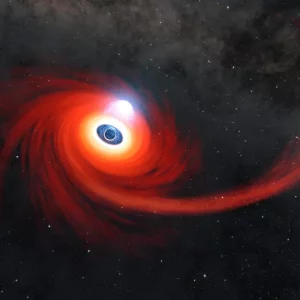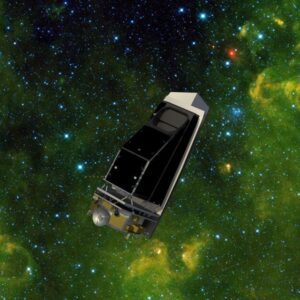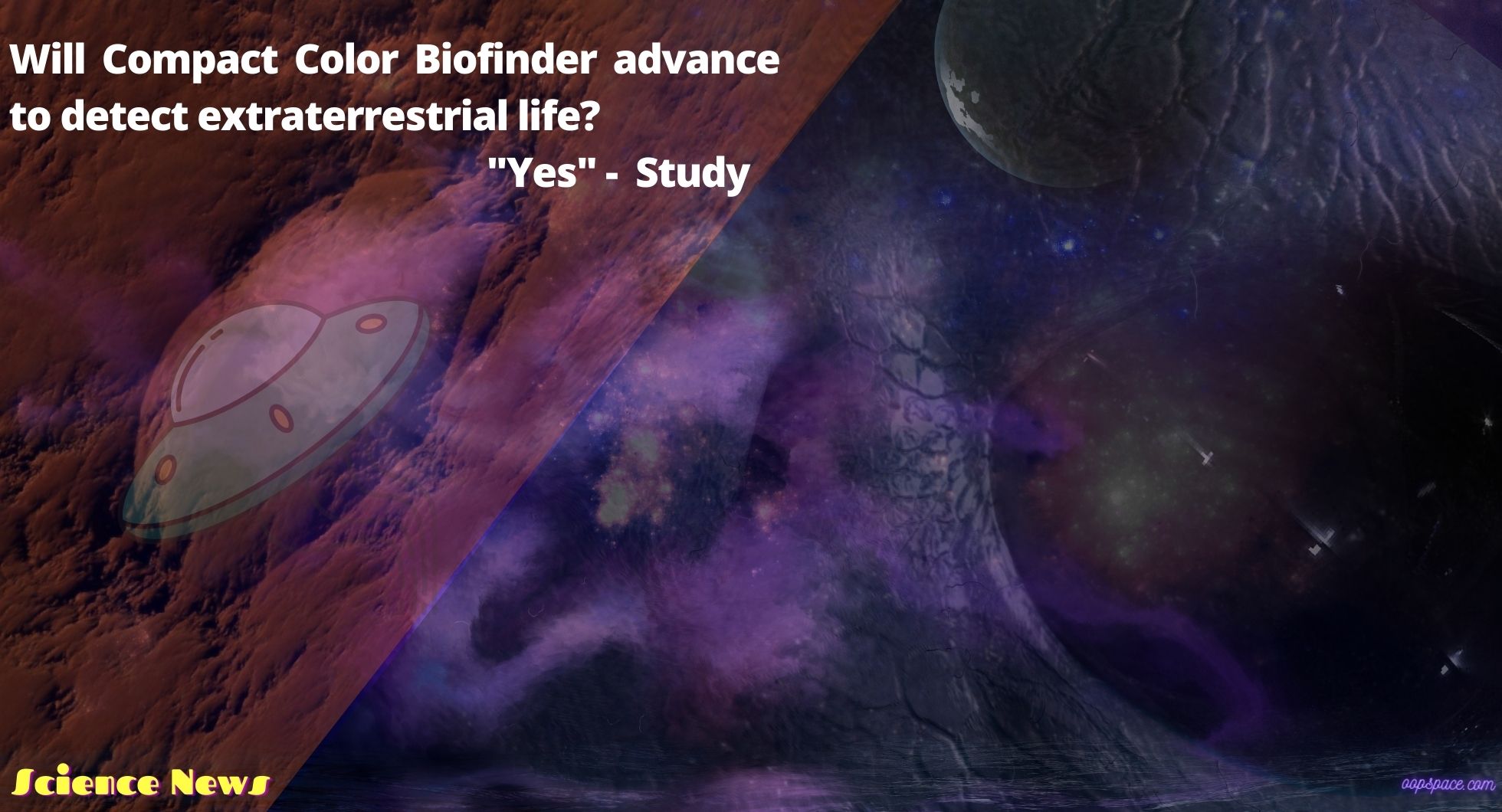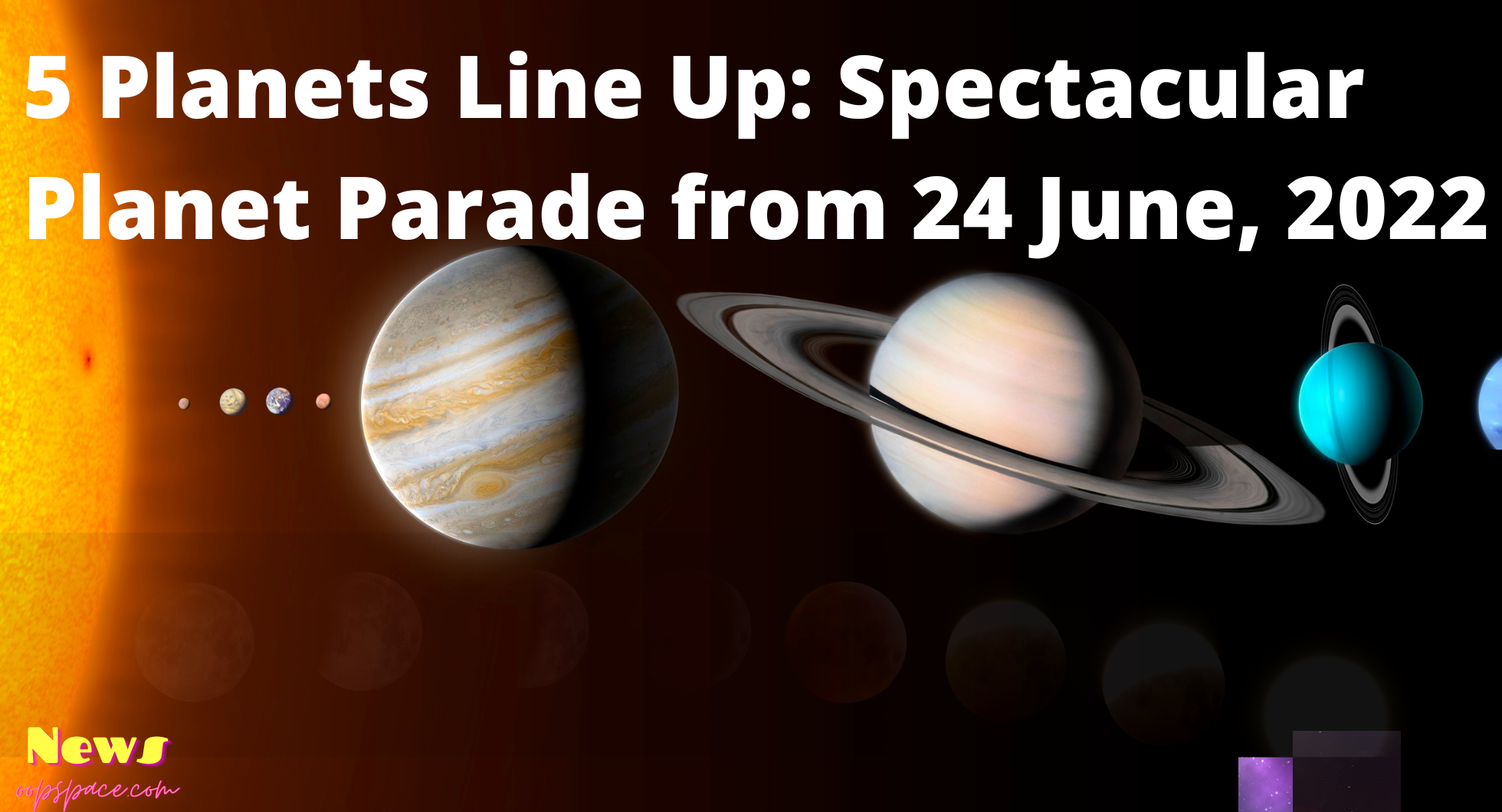Asteroid 2024 PT5, also known as “Mini Moon,” will enter Earth’s gravitational pull in next several hours, or on September 24, becoming a temporary satellite. Detected by NASA’s ATLAS system in August 2024, this Near-Earth Object (NEO) will orbit our planet for two months, from September 29 to November 25,...
Neil O'Brien
AT2022aedm, discovered by astronomers using the ATLAS network of robotic telescopes approximately 2 billion light-years away from Earth, is unlike any other explosions that we routinely observe.
India’s Chandrayaan-3 mission carved its name in lunar exploration history by executing a flawless soft landing on the moon’s surface on 23 August, solidifying its place as the fourth nation to accomplish this remarkable achievement, compared by many with the event of India’s Independence occurred in 1947.
Construction of NASA’s next-generation asteroid hunter, Near-Earth Object Surveyor (NEO Surveyor), has begun.
The discovery of the physical properties of dark matter and energy in the form of particles could be the first step toward unraveling the mystery of the next dimension.
While NASA has forbidden reproductive experiments in space with humans, what’s interesting here is to see how animal rights activists will react to the Chinese mission of sending monkeys into space to experiment with the innocent animals’ mating in zero gravity.
NASA’s Artemis program is getting another checkpoint, as the Artemis 1 moon rocket will return to the launch pad early Friday morning (Nov. 4). You can watch the slow-motion action live. The Artemis 1 stack, a massive Space Launch System (SLS) rocket atop an Orion spacecraft, is set to leave...
The gun that shoots the tiny, space-like bullets towards the shield material comprises two phases, the first of which launches a projectile using regular gunpowder.
While two of the Milky Way’s largest satellite galaxies, the Large and Small Magellanic Clouds, have spent billions of years orbiting one another as they are pulled in toward our home galaxy, a study, just published in Nature, has puzzled astronomers as to why these dwarf galaxies remain intact, with ongoing vigorous star formation.
While even Neptune in our own solar system is a blurry blue ball when viewed from Earth’s orbit, finding habitable exoplanets outside our solar system is certainly much more difficult by directly capturing them, even with space telescopes, because of the overwhelming glare of their parent stars.
A permanent resource for any human research of the planet as well as a vital step in setting up the planet’s potential for life is the detection of underlying water.
Astronomers have observed a star, a white dwarf, that survived a supernovae explosion and emerged being still brighter than before. Located 108 million light years from Earth, this white dwarf is in a spiral galaxy called NGC 1309, about three quarters the size of our Milky Way. A light year...
The search for life, which may be existing or already extinct, on planetary bodies is one of the main goals of planetary exploration missions conducted by NASA and other international space agencies.
While being particularly active this spring, the Sun has been sending out many M-class and X-class (the strongest class) flares as activity grows in the regular 11-year cycle of sunspots.
All of the planets in the solar system can very rarely be seen clearly in one night. Planet parades are another name for these occasions.










